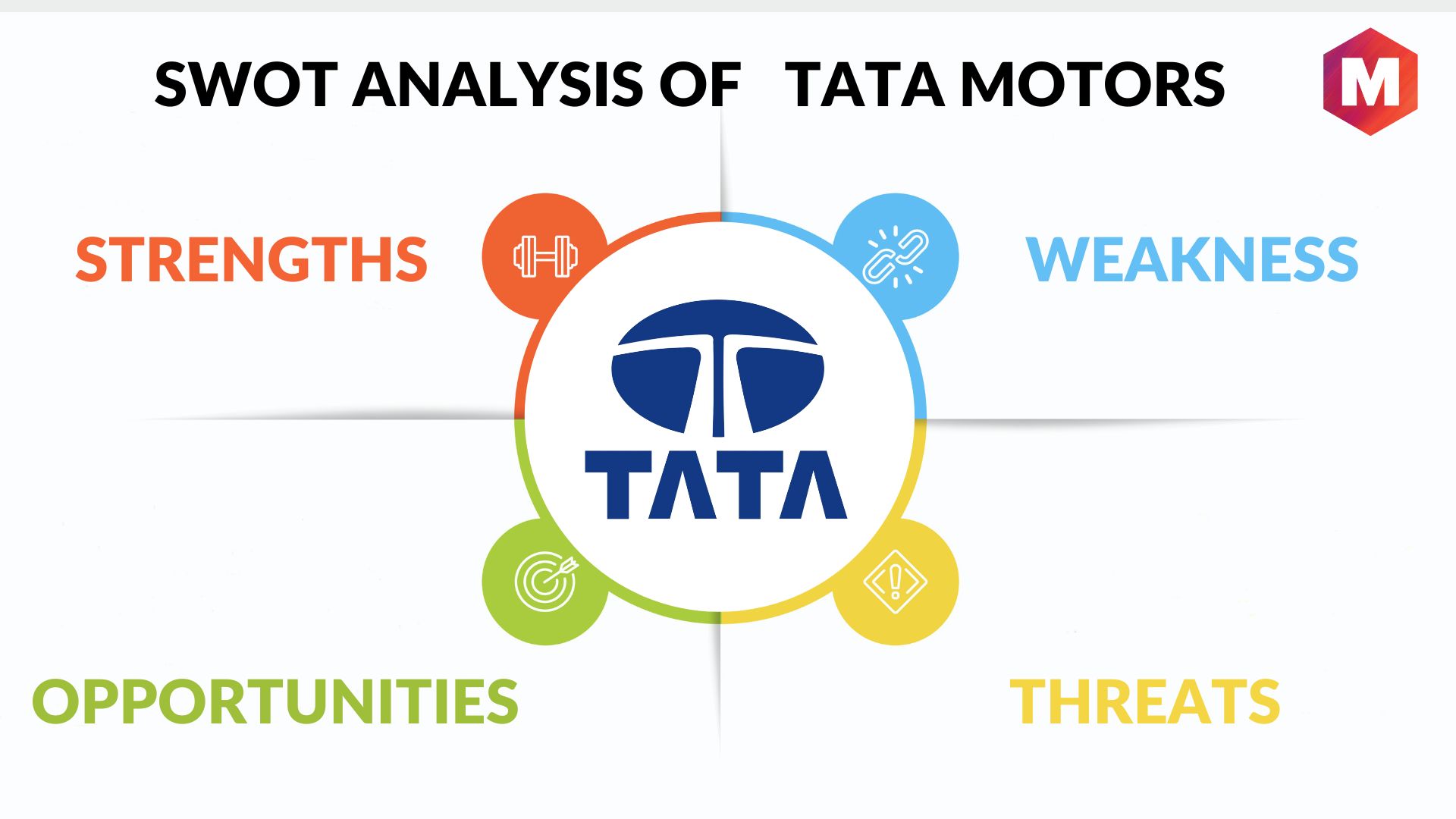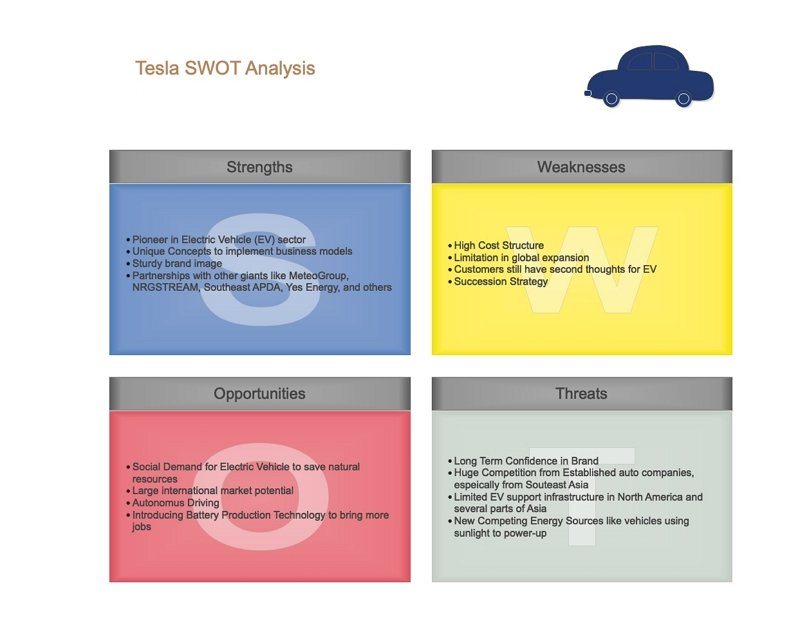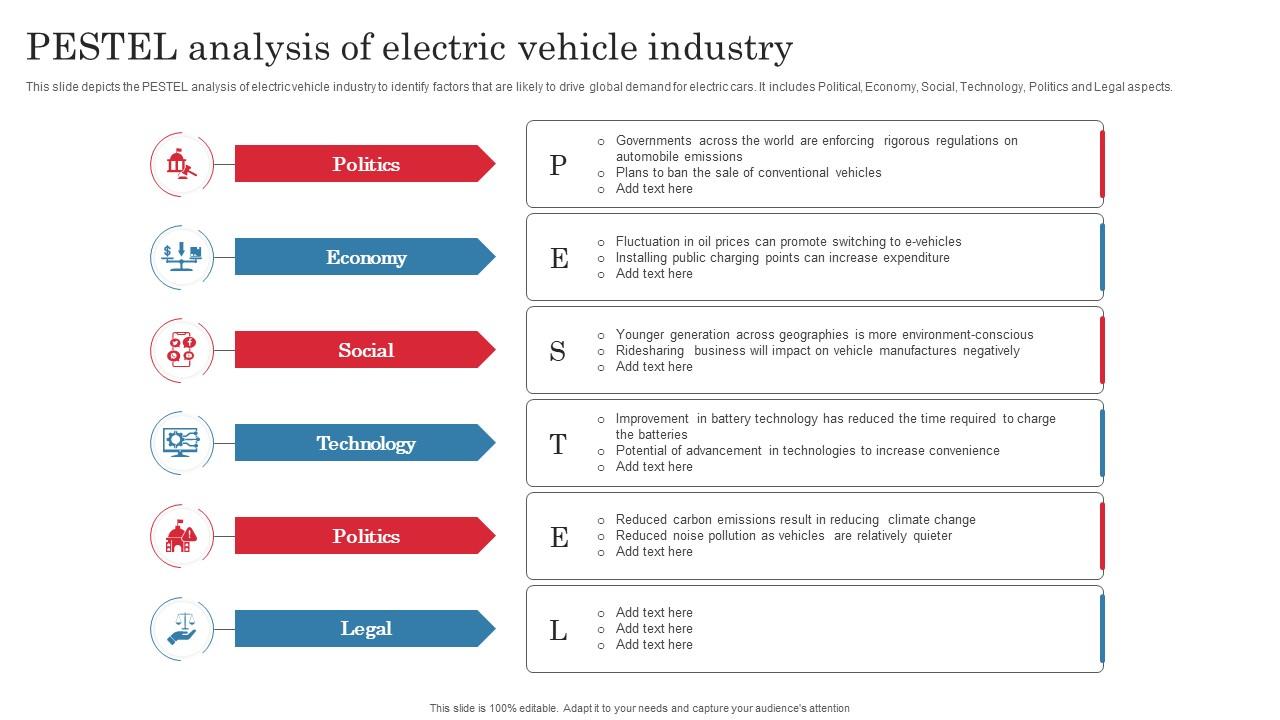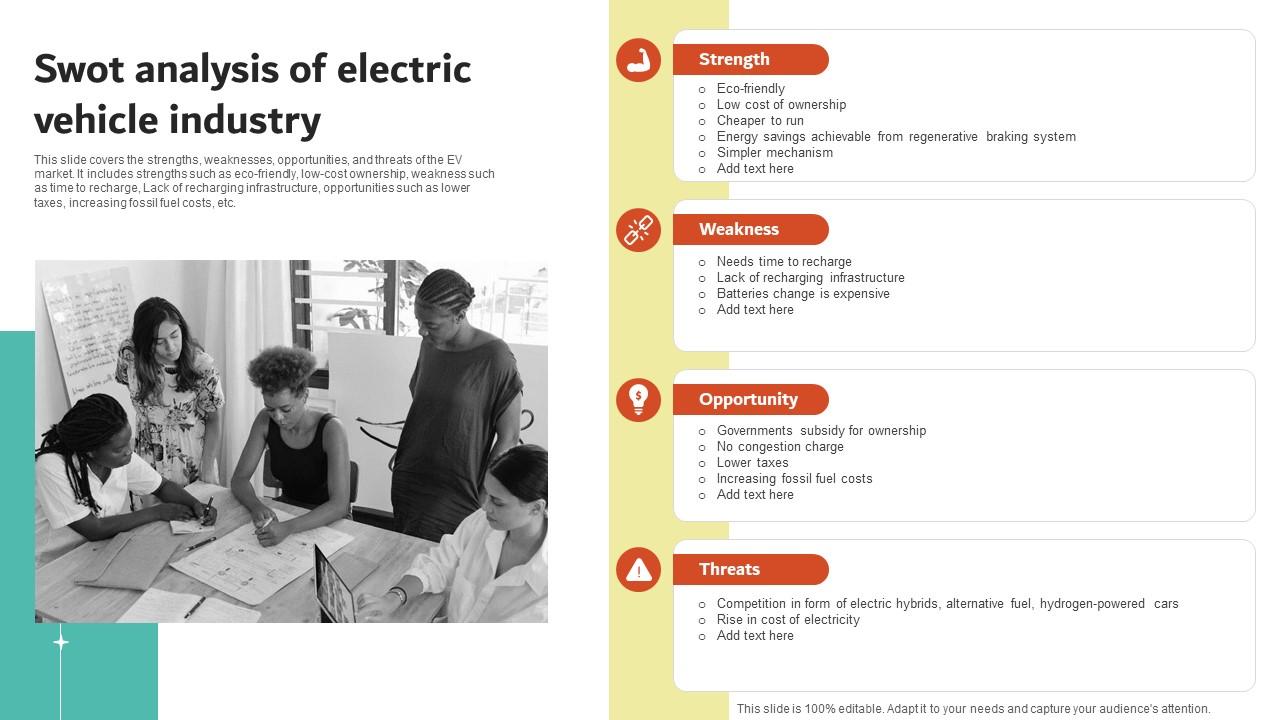Understanding the Electric Vehicle Landscape
The demand for electric vehicles (EVs) is growing rapidly, driven by increasing concerns about climate change, air pollution, and energy sustainability. As governments and consumers become more environmentally conscious, the EV market is expected to continue its upward trend. In fact, according to the International Energy Agency (IEA), the number of electric vehicles on the road is projected to reach 140 million by 2030.
One of the primary benefits of electric vehicles is their reduced environmental impact. EVs produce zero tailpipe emissions, resulting in lower greenhouse gas emissions and improved air quality. Additionally, electric vehicles have lower operating costs compared to traditional internal combustion engine vehicles, with reduced fuel and maintenance expenses. The improved performance of EVs, including their instant torque and smooth acceleration, is also a major draw for consumers.
The global electric vehicle market is dominated by a few key players, including Tesla, Nissan, and BMW. These manufacturers have invested heavily in EV technology and infrastructure, and have seen significant growth in sales as a result. However, as the market continues to expand, new entrants are emerging, and competition is increasing. To remain competitive, manufacturers must conduct a thorough electric vehicle and electric motor SWOT analysis to identify areas of strength and weakness, and capitalize on opportunities for growth.
A SWOT analysis is a strategic planning tool used to identify the strengths, weaknesses, opportunities, and threats of an organization or industry. In the context of electric vehicles and electric motors, a SWOT analysis can help manufacturers understand the competitive landscape, identify areas for improvement, and develop strategies for success. By conducting a comprehensive SWOT analysis, manufacturers can gain a deeper understanding of the electric vehicle market and make informed decisions about their business.
How to Conduct a SWOT Analysis for Electric Vehicles and Electric Motors
Conducting a SWOT analysis for electric vehicles and electric motors is a crucial step in understanding the competitive landscape and identifying areas for improvement. A SWOT analysis is a strategic planning tool that helps organizations identify their strengths, weaknesses, opportunities, and threats. In the context of electric vehicles and electric motors, a SWOT analysis can help manufacturers develop strategies for success and make informed decisions about their business.
To conduct a SWOT analysis for electric vehicles and electric motors, follow these steps:
1. Identify the internal factors that affect the electric vehicle and electric motor industry, including strengths and weaknesses. Strengths may include the environmental benefits of electric vehicles, reduced maintenance costs, and improved efficiency. Weaknesses may include limited range, high upfront costs, and charging infrastructure limitations.
2. Identify the external factors that affect the electric vehicle and electric motor industry, including opportunities and threats. Opportunities may include government incentives, increasing demand for sustainable transportation, and advancements in technology. Threats may include competition from traditional internal combustion engine vehicles, regulatory challenges, and supply chain disruptions.
3. Analyze the internal and external factors and identify the relationships between them. For example, a strength such as improved efficiency may be related to an opportunity such as increasing demand for sustainable transportation.
4. Develop strategies for addressing the weaknesses and threats, and capitalizing on the strengths and opportunities. For example, a manufacturer may develop a strategy to improve the range of their electric vehicles, or to reduce the upfront costs of their electric motors.
By conducting a comprehensive SWOT analysis, manufacturers of electric vehicles and electric motors can gain a deeper understanding of the competitive landscape and develop strategies for success. This can help them to stay ahead of the competition, and to capitalize on the growing demand for electric vehicles and electric motors.
Strengths of Electric Vehicles and Electric Motors
Electric vehicles and electric motors have several strengths that make them an attractive option for consumers and manufacturers alike. One of the primary strengths of electric vehicles is their environmental benefits. Electric vehicles produce zero tailpipe emissions, resulting in lower greenhouse gas emissions and improved air quality. Additionally, electric vehicles have reduced maintenance costs compared to traditional internal combustion engine vehicles, with fewer moving parts and no oil changes required.
Another strength of electric vehicles is their improved efficiency. Electric vehicles convert about 60% to 70% of the electrical energy from the grid to power the wheels, while gasoline-powered vehicles only convert about 20% of the energy in gasoline to power the wheels. This improved efficiency results in lower operating costs for consumers and reduced energy consumption.
Real-world examples of successful electric vehicle models include the Tesla Model 3 and the Nissan Leaf. The Tesla Model 3 is one of the best-selling electric vehicles of all time, with over 500,000 units sold in 2020 alone. The Nissan Leaf is another popular electric vehicle model, with over 400,000 units sold worldwide since its introduction in 2010.
The strengths of electric vehicles and electric motors are closely tied to the results of a comprehensive electric vehicle and electric motor SWOT analysis. By identifying the strengths of electric vehicles and electric motors, manufacturers can develop strategies to capitalize on these strengths and drive growth in the market. For example, manufacturers may focus on improving the efficiency of their electric vehicles, or developing new electric motor technologies that reduce costs and improve performance.
Weaknesses of Electric Vehicles and Electric Motors
Despite the many strengths of electric vehicles and electric motors, there are also several weaknesses that must be addressed. One of the primary weaknesses of electric vehicles is their limited range. Most electric vehicles have a range of less than 300 miles, which can make long road trips difficult. Additionally, the high upfront costs of electric vehicles can be a barrier to adoption for many consumers.
Another weakness of electric vehicles is the limited charging infrastructure. While charging infrastructure is improving, it can still be difficult to find charging stations, particularly in rural areas. This can make it difficult for consumers to own and operate an electric vehicle, particularly if they have limited access to charging infrastructure.
The weaknesses of electric vehicles and electric motors are closely tied to the results of a comprehensive electric vehicle and electric motor SWOT analysis. By identifying the weaknesses of electric vehicles and electric motors, manufacturers can develop strategies to address these weaknesses and improve the overall performance of their products. For example, manufacturers may focus on improving the range of their electric vehicles, or developing new charging technologies that make it easier for consumers to charge their vehicles.
Manufacturers are also working to address the high upfront costs of electric vehicles. Many manufacturers are offering incentives and discounts to consumers who purchase electric vehicles, and some governments are offering tax credits and other incentives to encourage the adoption of electric vehicles.
Despite these efforts, the weaknesses of electric vehicles and electric motors remain a challenge for the industry. However, by continuing to innovate and improve their products, manufacturers can overcome these weaknesses and make electric vehicles a more viable option for consumers.
Opportunities for Electric Vehicles and Electric Motors
Despite the challenges facing the electric vehicle and electric motor industry, there are also several opportunities for growth and development. One of the primary opportunities for electric vehicles and electric motors is the increasing demand for sustainable transportation. As consumers become more environmentally conscious, they are seeking out alternatives to traditional internal combustion engine vehicles. Electric vehicles and electric motors offer a cleaner, more efficient alternative that can help reduce greenhouse gas emissions and improve air quality.
Government incentives are also providing opportunities for electric vehicles and electric motors. Many governments around the world are offering tax credits, rebates, and other incentives to encourage the adoption of electric vehicles. These incentives can help reduce the upfront costs of electric vehicles, making them more affordable for consumers.
Advances in technology are also providing opportunities for electric vehicles and electric motors. Improvements in battery technology, for example, have increased the range and efficiency of electric vehicles. Advances in electric motor technology have also improved the performance and efficiency of electric vehicles.
Manufacturers can capitalize on these opportunities by investing in research and development, expanding their product lines to include more electric vehicle models, and partnering with governments and other organizations to promote the adoption of electric vehicles. By taking advantage of these opportunities, manufacturers can drive growth and development in the electric vehicle and electric motor industry.
A comprehensive electric vehicle and electric motor SWOT analysis can help manufacturers identify these opportunities and develop strategies to capitalize on them. By considering both internal and external factors, manufacturers can gain a deeper understanding of the industry and make informed decisions about their business.
Threats to Electric Vehicles and Electric Motors
Despite the many opportunities for electric vehicles and electric motors, there are also several threats to the industry. One of the primary threats is competition from traditional internal combustion engine vehicles. Many consumers are still hesitant to switch to electric vehicles due to concerns about range, charging time, and cost. Additionally, traditional internal combustion engine vehicles have a well-established infrastructure and supply chain, making it difficult for electric vehicles to compete.
Regulatory challenges are also a threat to the electric vehicle and electric motor industry. Governments around the world are implementing regulations to reduce greenhouse gas emissions and improve air quality, but these regulations can be complex and difficult to navigate. Manufacturers must comply with these regulations, which can be time-consuming and costly.
Supply chain disruptions are another threat to the electric vehicle and electric motor industry. The production of electric vehicles and electric motors relies on a complex supply chain, including the sourcing of raw materials, manufacturing of components, and assembly of vehicles. Disruptions to this supply chain can have significant impacts on the industry, including delays and increased costs.
Manufacturers can mitigate these threats by investing in research and development, expanding their product lines to include more electric vehicle models, and partnering with governments and other organizations to promote the adoption of electric vehicles. By taking a proactive approach to addressing these threats, manufacturers can reduce their risks and increase their chances of success in the electric vehicle and electric motor industry.
A comprehensive electric vehicle and electric motor SWOT analysis can help manufacturers identify these threats and develop strategies to mitigate them. By considering both internal and external factors, manufacturers can gain a deeper understanding of the industry and make informed decisions about their business.
Electric Motor Technology: A Key Enabler for Electric Vehicles
Electric motor technology is a crucial component of electric vehicles, playing a key role in their performance, efficiency, and overall driving experience. There are several types of electric motors used in electric vehicles, each with its own strengths and weaknesses.
Induction motors are one of the most common types of electric motors used in electric vehicles. They are relatively simple and inexpensive to produce, making them a popular choice for many manufacturers. However, they can be less efficient than other types of electric motors, particularly at high speeds.
Permanent magnet motors are another type of electric motor used in electric vehicles. They are more efficient than induction motors and provide a higher power-to-weight ratio, making them well-suited for high-performance electric vehicles. However, they can be more expensive to produce than induction motors.
Switched reluctance motors are a type of electric motor that uses a unique design to provide high efficiency and reliability. They are relatively simple and inexpensive to produce, making them a popular choice for many manufacturers. However, they can be less efficient than other types of electric motors, particularly at high speeds.
The choice of electric motor technology can have a significant impact on the performance and efficiency of an electric vehicle. Manufacturers must carefully consider the strengths and weaknesses of each type of electric motor when designing their vehicles. A comprehensive electric vehicle and electric motor SWOT analysis can help manufacturers make informed decisions about their electric motor technology and develop strategies to improve their vehicles’ performance and efficiency.
Conclusion: Navigating the Future of Electric Vehicles and Electric Motors
In conclusion, the electric vehicle and electric motor industry is rapidly evolving, driven by growing demand for sustainable transportation and advancements in technology. Conducting a comprehensive SWOT analysis is crucial for manufacturers to identify strengths, weaknesses, opportunities, and threats, and develop strategies to drive growth and success.
The future of the industry looks promising, with electric vehicles expected to play a significant role in shaping sustainable transportation. As governments and consumers become more environmentally conscious, the demand for electric vehicles is likely to continue to grow. Manufacturers that can capitalize on this trend and develop innovative electric motor technologies will be well-positioned for success.
A comprehensive electric vehicle and electric motor SWOT analysis can help manufacturers navigate the complex landscape of the industry and make informed decisions about their business. By considering both internal and external factors, manufacturers can identify areas for improvement and develop strategies to address weaknesses and capitalize on opportunities.
As the industry continues to evolve, it is likely that we will see significant advancements in electric motor technology, including improvements in efficiency, power density, and cost. Manufacturers that can stay ahead of the curve and develop innovative electric motor technologies will be well-positioned for success in the rapidly evolving electric vehicle and electric motor industry.







